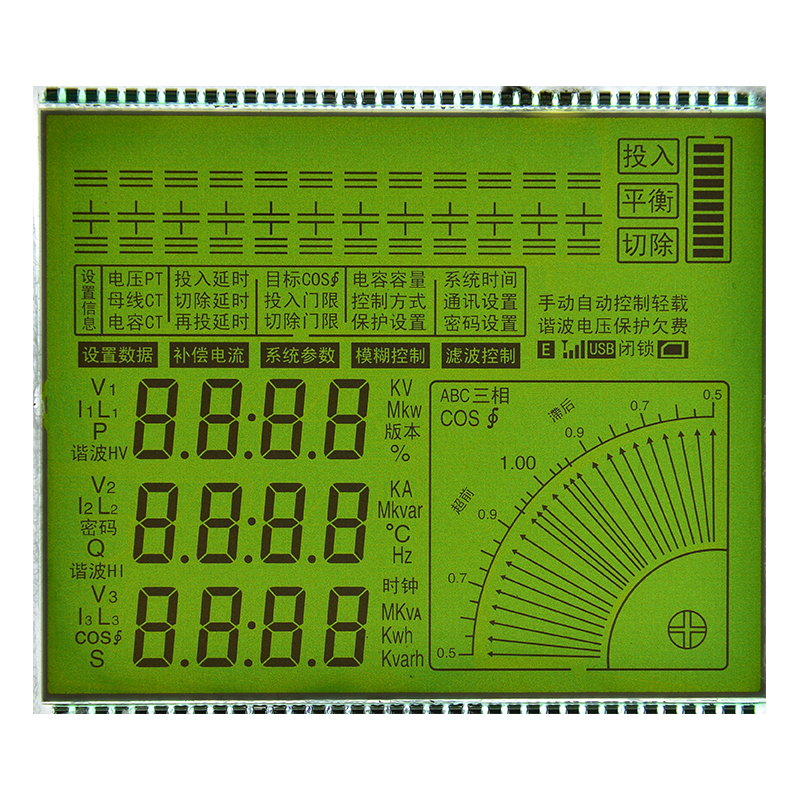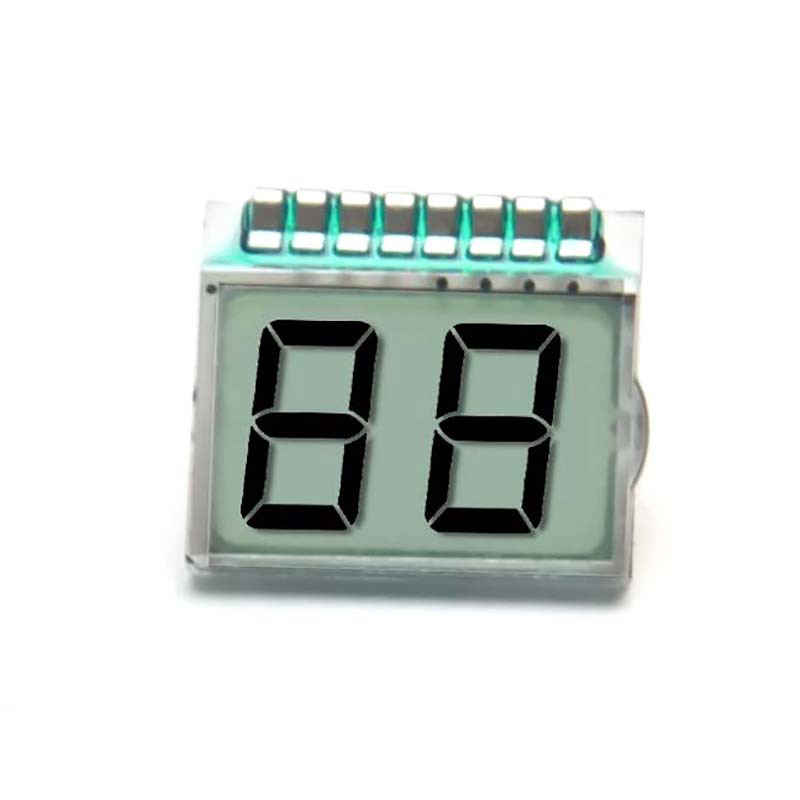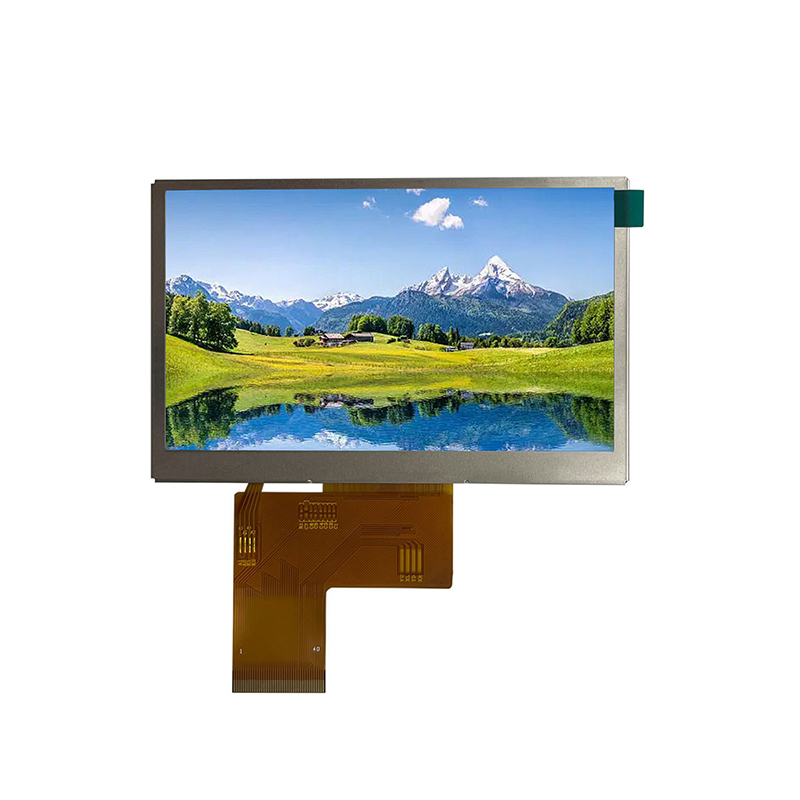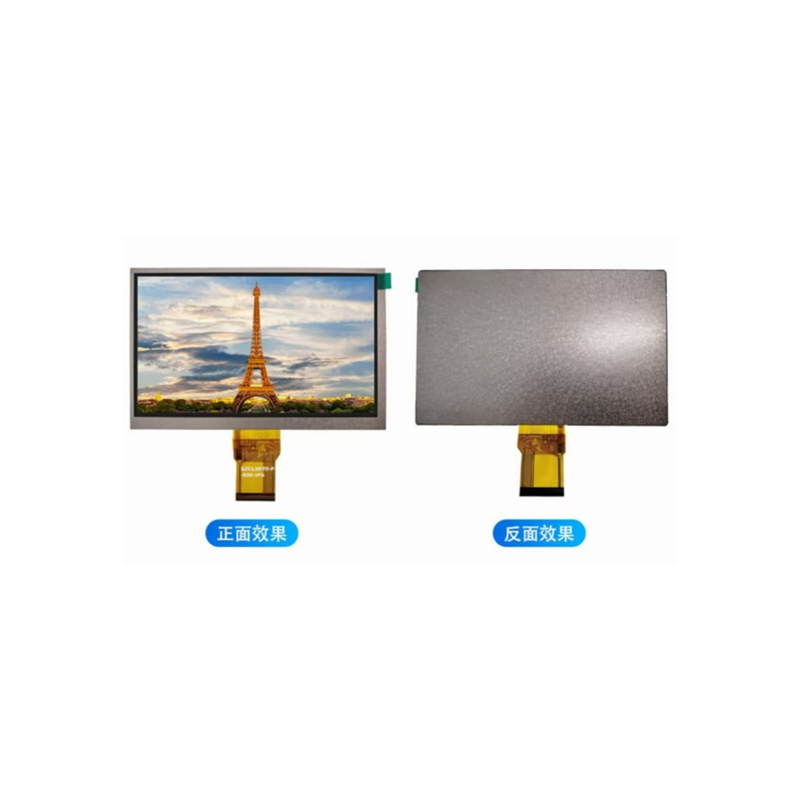
A TFT display touch screen combines a thin-film transistor (TFT) liquid crystal display (LCD) with a touch sensing technology. The TFT LCD provides the visual display, while the touch sensor layer allows for interactive control via finger or stylus input. This combination is ubiquitous in a wide range of devices, from smartphones and tablets to industrial control panels and automotive infotainment systems.
Several technologies are used to create the touch sensing layer in a TFT display touch screen. These include:
Resistive touchscreens use two layers of conductive material separated by a gap. Pressure on the surface causes the layers to connect, registering the touch. They are relatively inexpensive but less durable and offer lower image quality compared to other options.
Capacitive touchscreens detect the change in capacitance caused by a finger (or other conductive object) touching the surface. They offer better accuracy, durability, and responsiveness than resistive touchscreens. They are commonly found in smartphones and tablets. Capacitive touchscreens are further categorized into projected capacitive (PCAP) and surface capacitive technologies.
IR touchscreens use a grid of infrared LEDs and sensors to detect touch. They are often more durable and resistant to scratches and damage than other types of touchscreens, making them suitable for industrial applications. IR technology allows for multi-touch functionality, even with gloves or other non-conductive objects.
SAW touchscreens utilize ultrasonic waves to detect touch. They are known for their robustness and resistance to environmental factors, but they tend to be more expensive than other technologies.
When selecting a TFT display touch screen, consider these factors:
Resolution impacts image clarity, while size dictates the physical dimensions of the screen. Choose a resolution and size appropriate for the application. Higher resolutions generally result in sharper images but increase cost and power consumption.
Brightness determines visibility in various lighting conditions, and contrast ratio influences the clarity and depth of the displayed image. These are crucial considerations, especially in environments with varying light levels.
Response time measures how quickly the screen responds to touch input. Faster response times are essential for applications requiring quick and accurate interactions.
Depending on the application, consider factors like scratch resistance, temperature range, and water resistance. Industrial applications, for instance, often demand higher durability levels compared to consumer electronics.
TFT display touch screens are used extensively across numerous sectors, including:
Selecting the ideal TFT display touch screen requires careful consideration of the application’s specific needs. Factors like resolution, size, touchscreen technology, durability, and environmental factors all play a crucial role in the decision-making process. Consulting with a supplier specializing in TFT display touch screens, such as Dalian Eastern Display Co., Ltd., can greatly assist in finding the optimal solution.
| Feature | Resistive | Capacitive | IR | SAW |
|---|---|---|---|---|
| Cost | Low | Medium | High | High |
| Durability | Low | High | High | Very High |
| Accuracy | Low | High | High | High |
| Multi-touch | No | Yes | Yes | Yes |
This information is for general guidance only. Specific product specifications may vary. Always refer to the manufacturer's data sheet for detailed technical information. For your TFT display touch screen needs, contact Dalian Eastern Display Co., Ltd. for high-quality solutions.












